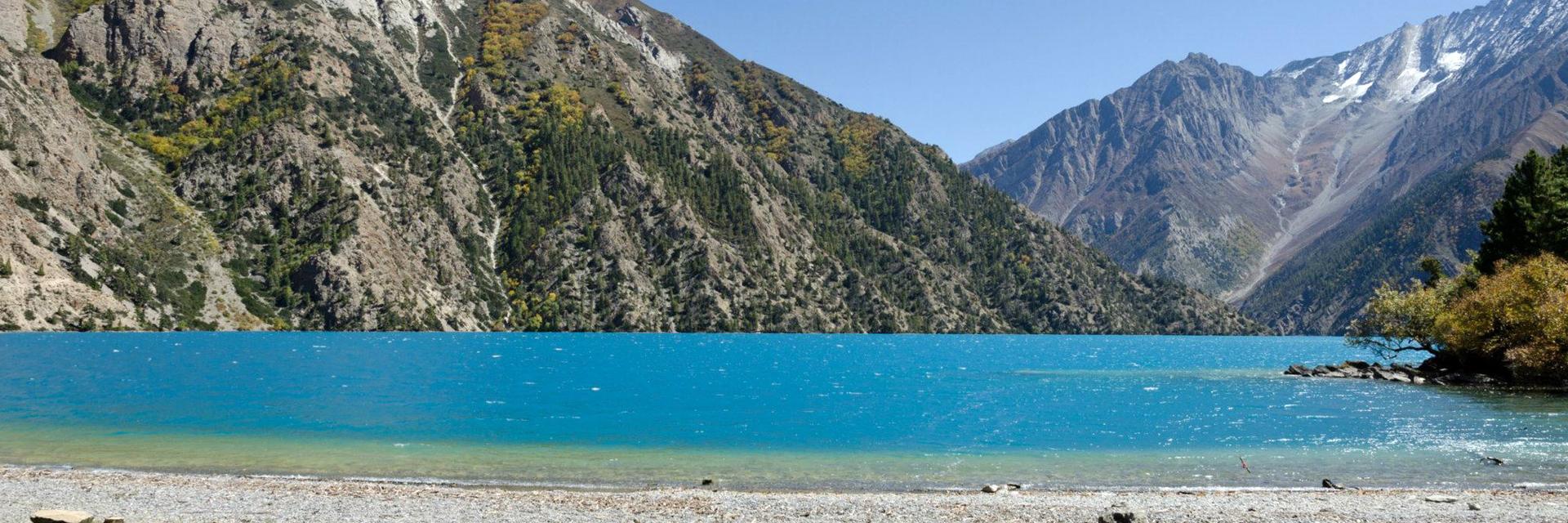
Treks & Expedition


Located in the mid-west of Nepal in the rain shadow region, Dolpo can almost be called a landscape connected to Tibet and was once part of the Tibetan Lo Kingdom. The government of Nepal has designated it as a restricted zone: This means you will require a special government permit to trek here.
Like Tibet, Dolpa is a semi-arid desert like landscape that is inhabited by very small population. The people here are Bhotia-Tibetan people who follow Buddhist religion and is still practiced to this day. Their lifestyle and culture is no different that the Tibetans on the other side. But Dolpa has more to offer. Pristine lakes, hot springs, Buddhist/Bon Gompas are some of the stand out single feature of Dolpa.
Shey Phoksundo Lake located at 3660m is the one of the highest wetlands in Nepal. It is part of the Shey Phoksundo National Park, which hosts one of the pristine bio-diversity on the planet. Blue Sheep, Himalayan Griffon, the Musk Deer, the elusive Snow Leopard and rare birds like the Himalayan griffon, vultures, and eagles are just a few of flagship species found in the park.
Yatsher Monastery is the oldest and biggest monastery in Dolpo believed to have been established by Buddhist Guru Chogyal Pasang in 13th century. The monastery has well preserved artifacts of statues, sacred manuscripts, masks and mural paintings.
There are two routes you can trek in Dolpo: Upper Dolpo and Lower Dolpo. Lower Dolpo Trek will only access to the lower reaches of the Dolpo region where as Upper Dolpo Trek takes you to higher altitude. Upper Dolpo trek is certainly a challenging trek as you will need to cross three highest Himalayan passes Ganda La (4850m), Numala Pass (5115m) and Bagala Pass (5100m). The views of Dhaulagiri (8167m), Kanjiroba (6883) and Annapurna ranges can be clearly captured unobstructed.
Both camping and lodge based trek are available for Dolpo trek. Trekkers are advised to bring warm clothes and take precaution not to harm the environment while trekking in this region. Three seasons, autumn, spring and summer are best to approach Dolpa.
